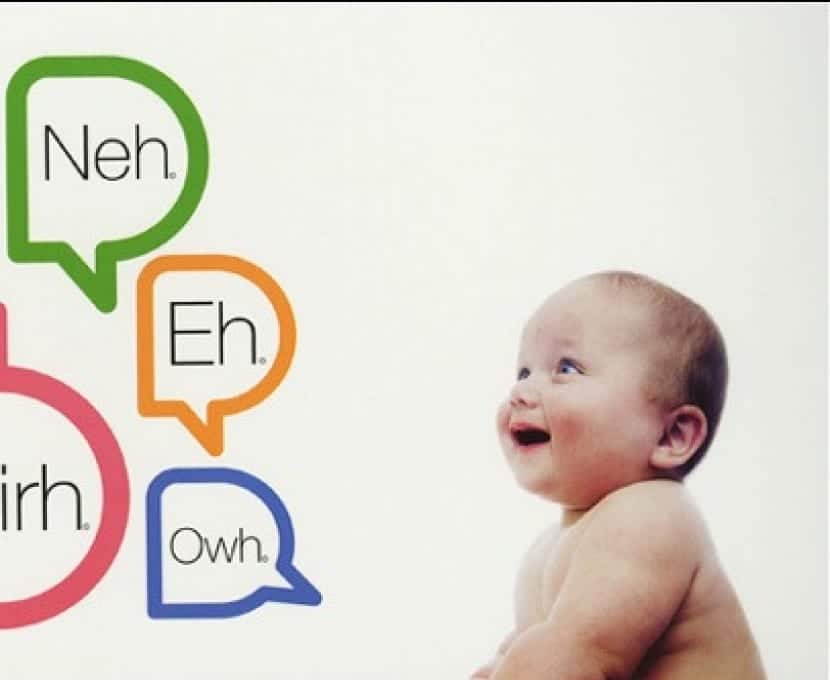
It is a great advantage for our children that they know more than one language. This happens with some frequency in countries where there are different languages within the same state. It occurs in Spain with Spanish, Basque, Galician, Valencian and Catalan, in Ireland with Gaelic and English, in Canada with French and English, etc.
You probably think that the great advantage of bilingualism is the possibility of communicating with a greater number of people. In a way it is so, but the reality is that it opens the doors to diversity, to the ability to open up to new cultures, to accept people other than oneself.
What is bilingualism?
The ability to speak two languages with the fluency of the mother tongue is known as bilingualism.. It has really been shown that there is no pure bilingualism, since there is always one predominant language.

Although the brain is ready to learn any language, only one achieves mother tongue status, by the particular experience of the individual with it. That is, despite being able to learn different languages, the brain always chooses one as dominant according to its experience with it.
So is it possible to speak two or more languages really with the same fluency?
Yes, although that it will depend a lot on the age at which the child is exposed to different languages. It is very important to keep in mind the age range to which language learning processes occur more easily.
The ideal period of exposure to different languages is during the first two years of life. In fact, it is in the first year that you are most sensitive to learning the sounds of speech. From the second year is when the baby can discriminate the sounds of the mother tongue from the sounds of a different speech, being able to learn sounds different from the mother tongue but having to force other areas of the brain. The same happens with the learning of grammatical processes that occurs over 3 years, any language that is learned later, will involve the use of other areas of the brain.

Thus we see that although one of the two languages will be the one that has the status of mother tongue, the baby will be able to speak several languages with the same fluency if he is exposed to them between birth and 3 years. In any case, it is from the age of 5 that the maternal accent is likely to prevail when learning a new language.
How does all this relate to diversity?
As we have explained, the exposure of the baby to several languages, forces him to activate various areas of his brain that would not normally activate if exposed to a single language. Which implies a more active neuroplasticity than in other children. Which it's it can help them develop the ability to multitask.

Neuroplasticity is the brain's ability to use new areas of the brain in a different way than it is used to. As this capacity exists and is more exercised, we can say that bilingualism gives our children brain flexibility.
This flexibility also leads them to improve aspects, such as attention and concentration. When handling several languages they have to pay attention and listen well to understand which of them is being used.
Another aspect that is notably developed in bilingual children is their tendency to have an open mind when accepting other cultures. Due to their handling of several languages, it is logical that they stand out for their communication skills, since, as we have mentioned, they can relate to a greater number of people. But what is really interesting is his predisposition to assimilate customs and traditions from other places.

It is the latter that relates bilingualism to diversity. Knowledge of each culture is what makes us different and bilingualism contributes to the integration of all of them and therefore contributes to building a more diverse society, in which people from different places and cultures can communicate and understand each other, despite their differences.